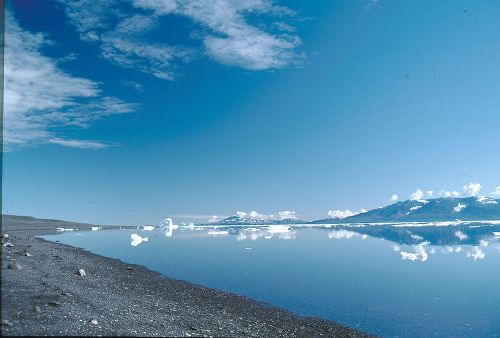Before the ice sheet that today covers the majority of Greenland formed, there was a time when the lush, forested landscape covered the region – now researchers have found that this landscape, which dates back three million years, still exists beneath the ice.
University of Vermont scientist Paul R. Bierman said pre-glacial landscapes can stay preserved for long periods beneath continental ice sheets. He explained that the ice sheet has preserved the landscape by being frozen to the ground rather than, as many might think, scraping and sculpting it.
The researchers were able to discover the landscape by studying chemical composition of silt from the bottom of a 3,000-metre-long ice core. They concluded that the soil was only slowly eroded and has been largely preserved since the formation of the ice sheet, meaning that it is probable an ancient landscape remains beneath three kilometres of ice at the research station of Summit Camp, located 3,216 metres above sea level.
The new findings indicate that the centre of Greenland was stable even during warmer periods after the ice sheet formed, which meant the landscape remained unmodified beneath the ice despite cyclical warming and cooling over millions of years.
Understanding the history of the ice sheet in terms of how it melted during warm periods in the past and how it reformed is vital to scientists’ understanding of what may happen in the future. Scientists want to learn how Greenland and Antarctica’s ice sheets will respond to global warming in the years ahead.

